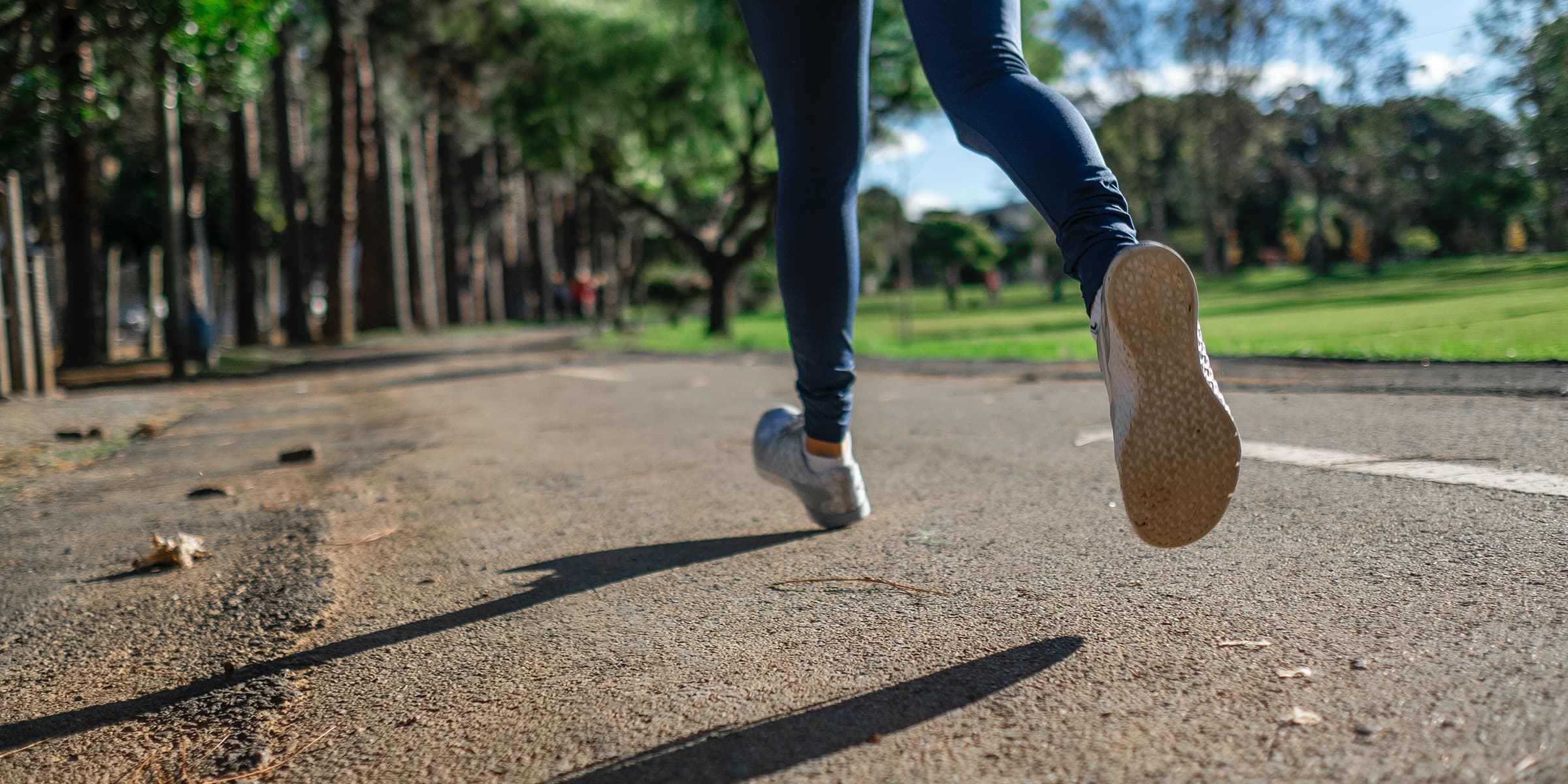Image Source: The Telegraph
Recently, news emerged about a troubling finding: young people growing a “head horn.” Was this the physical manifestation of too much hand-held screen time? Are our bodies changing, evolving, based on our daily activities? Well, maybe the “head-horn” was bunk, but our bodies being shaped by our environments and evolving based on our activities… that is not. In this two-part post, Dr. Osler looks at how the environment and our changing activities impacts our bodies, and our health.
Part 2
While evolution has allowed our bodies to adapt to threats and opportunities over thousands of years, we are faring less well in response to more recent threats. And occasionally, threats appear in our built environment so suddenly that evolution cannot protect us.
Sugar!
The production of sugar on an industrial scale is one such example. People had chewed raw sugarcane for millennia, but around 350 AD Indians of the Gupta dynasty discovered that sugar could be extracted and crystalized. By the 1700’s sugar had been introduced into Great Britain, but was at first prohibitively expensive. Once sugarcane was introduced into the Caribbean Islands cheap slave labor caused the price of sugar to plummet, and consumption skyrocketed: average per capita yearly consumption in Britain rose from four pounds in 1700 to eighteen pounds in 1800, thirty-six pounds by 1850 and almost one hundred pounds(!) by the twentieth century; that’s almost one third of a person’s daily caloric needs(!!).
Sugar in tea, sugar in coffee, sugar in jam, sugar was everywhere. So intense was the desire for sugar that it has been called a “drug food”. The health consequences of this sudden dietary change were predictable and horrific: teeth rotted, obesity and diabetes surged. Defenseless in the face of an addictive, destructive food, humans took almost a century to tame their sugar
addiction through education. This solution was delayed for decades by a concerted disinformation campaign from the sugar lobby, a tactic that cost hundreds of thousands of lives.
Tobacco
Tobacco is a second example of an environmental threat to human health on a timescale that doesn’t allow for evolution’s intervention. The risk posed by smoking was modest until the introduction of cheap, convenient, plentiful, pre-rolled cigarettes in the early 20th century made cigarettes the greatest threat to human health since the black death. As with sugar, decades of research and education were required to reduce the harm done by cigarettes. Dishearteningly, again an industry disinformation effort, this time by big tobacco, added millions of needless deaths to the toll taken by smoking.
Sitting still
Environmental threats to our species continue to emerge. The latest such challenge is posed by our furniture, specifically our chairs. The sudden adoption of static sitting as our default position for most of our waking hours has caught us unawares. For three million years we were hunter gatherers, and thus, uniquely among our primate cousins, we require daily exercise to remain in good health.
Unfortunately, the last century has seen us become a largely seated species, slumped in front of computer monitors or televisions when not sitting at the dinner table or sitting in our cars. Fortunately, an education campaign has begun (“sitting is the new smoking”), and the hunt for alternatives to our destructive office chairs is on. A perfusion of possible solutions has emerged: yoga balls, standing desks, treadmill desks, and most recently active chairs that allow movement while sitting. The jury is still out as to the best antidote to passive sitting; likely different solutions will appeal to different people.
Encouragingly, no concerted disinformation campaign touting fictional “benefits” of prolonged passive sitting has been mounted by the furniture industry. However, some solutions to the sitting have been promoted without mentioning serious drawbacks. For example, although standing desks have been intensively promoted and widely adopted, there is little evidence that they mitigate any of the problems caused by passive sitting. As the New York Times pointedly observed of standing desks: “… They’re not cures for anything, and standing is not exercise”.
Much more worrisome, a recent paper in the American Journal of Epidemiology found that standing desks actually doubled the risk of heart disease compared to passive sitting.
Seemingly, at least in the case of standing desks, truth is the first casualty in the world of advertising.
Almost a century ago Winston Churchill observed that “We shape our building; thereafter they shape us”. Although Churchill was commenting on the effect of our architecture on our social interactions, he might just as well be commenting on how our built environment shapes our anatomy and our physiology. Our intuition that our built environment may have unintended consequences is one that serves us well. And, while our cell phones may not pose an imminent threat to our health, our office chairs certainly do.
-Dr. Turner Osler





Leave a comment
All comments are moderated before being published.
This site is protected by hCaptcha and the hCaptcha Privacy Policy and Terms of Service apply.